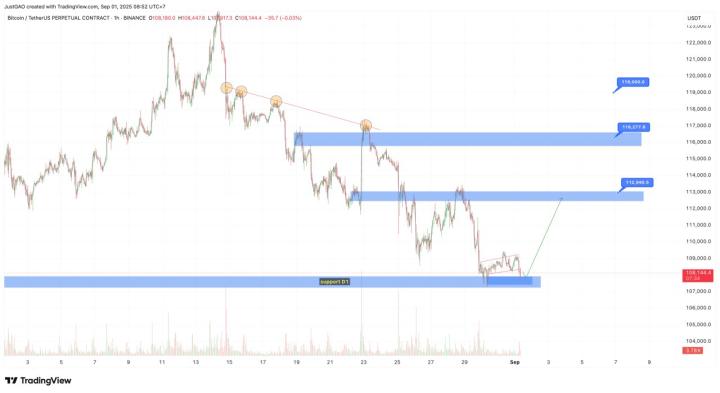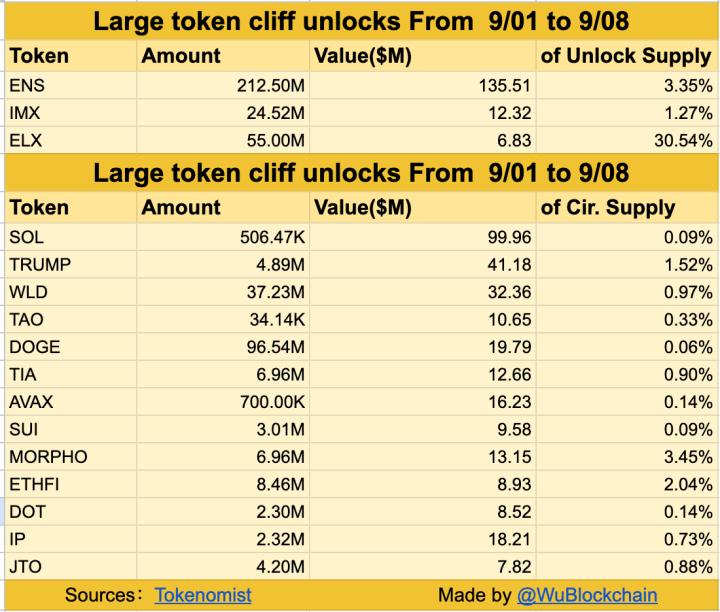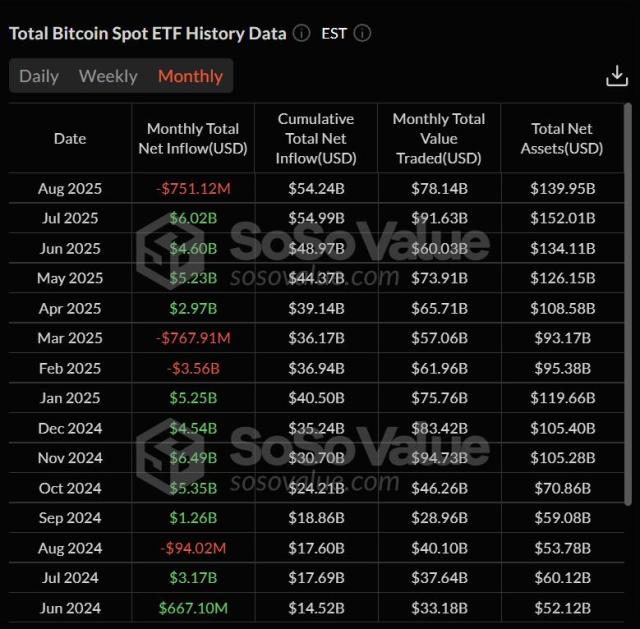TLDR
- The RUPL series of articles will be divided into 2 parts, this is the 1st part
- RUPL can present the current market's unrealized profit status
- By observing RUPL, one can discover the market's top and bottom patterns
- This article will share a buy the dips model based on RUPL
I. What is RUPL?
RUPL, full name Relative Unrealized Profit & Loss, is a metric that can be broken down into two parts: RUP and RUL.
Taking the RUP calculation method as an example:
1. Compare the current price with the last transfer price of each $BTC, and classify chips where "current price > last transfer price" as profit chips.
2. Multiply the profit amount of each profit chip by its corresponding quantity to obtain Unrealized Profit.
3. Finally, standardize the data based on the market value at that time.
In other words, Unrealized Profit is the total unrealized profit in the current market; Ra standardization based on market value to value, to facilitate horizontal comparison of market profits in different periods. The RUL algorithm is the same as, will not be repeated further.

However, if you observe the image further, you will find that RUL will be higher than RUP in some time periods (i.e., red line than the greenUline, as in the yellow box in the image), indicating that the market is generally in an unrealized loss state. Are these time periods of special significance? Please continue reading
II. RUPL's Buy the Dips Application
As mentioned above, there is: "greare greedy others", when most chips in the market are in a state, be to the market and collect chips.

As shown in the second image, after marking the time periods where RUL > RUP in the first image and drawing this chart, it can be clearly seen that when RUL > RUP, it is almost always at a cycle bottom.
This is not arbitrary, the logic is:
"When the an overall loss state, it means that holding a large-price chips have basically completed distribution; and trapped investors often do not want to cut to to prices,, these two emotions intertwine, significantly leading to a significant decrease in selling pressure, as long as there is a buying order, it may drive a trend reversal and start rising."
This logic is very similar to the previously shared LTH-RP buy the dips strategy. Interested readers can refer to this article: 《
IV.. Conclusion>
This article is the first part of the RUPL series, mainly introducing the definition and calculation method of the RURuand sharing the buy the dips model logic based indicator p Next, I will introduce a practical application based on RUPL for escaping market tops and review historical cycle tops, ensuring it will be full of dry goods, please stay tupned p>
> BlockBeats Official Official Community:Telegram Subscription Group: https://t.me/theblockbeats
Telegram Exchange Group: https://t.me/BlockBeats_App
Twitter Official Account: https://twitter.com/BlockBeatsAsiaAsia









